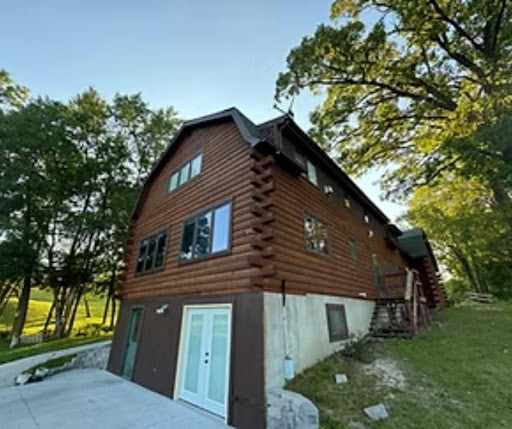
There’s something undeniably enchanting about a log cabin nestled in the woods—a harmony of rustic charm and natural beauty that draws us closer to a simpler, quieter life. But beneath this warmth and allure can lurk a hidden threat: rotten logs. The danger isn’t always visible at first glance. What looks like a small patch of discoloration or a bit of softness in the wood may be the beginning of a much larger problem. Rotten logs are more than just cosmetic issues—they are structural vulnerabilities that can compromise the safety, value, and durability of your entire cabin. Ignoring them can lead to extensive damage that costs far more than you’d expect, both in money and peace of mind.
The very environment that makes log homes so special—moisture-rich forests, changing seasons, and exposure to the elements—is also what speeds up wood decay. Left unchecked, this decay silently eats away at your home’s foundation. Acting early isn’t a luxury—it’s a necessity. In this article, we’ll explore why log cabin repair rotten logs should never be overlooked, what causes them, how to spot them early, and what steps to take before your peaceful retreat becomes an expensive restoration project.
The Hidden Threat: Understanding What Causes Log Rot
Log rot isn’t something that takes place overnight. It’s a slow technique precipitated typically via moisture infiltration. When wooden remains damp for prolonged periods, it turns into a breeding ground for fungi that feed on the cellulose and lignin within the logs. Over time, the structural integrity of the log diminishes, leading to soft, crumbly wooden that not supports your own home as intended.
Weather plays a leading position on this detrimental manner. Rain, snow, and humidity introduce moisture into your house’s logs, specifically if they're no longer properly sealed or if the chinking and caulking are compromised. Inadequate overhangs, bad drainage round the foundation, and clogged gutters also can make contributions by using directing water onto the logs as opposed to away from them. Even indoors situations consisting of excessive indoor humidity or plumbing leaks can lead to decay from the interior out.
The actual threat lies in the sluggish and silent nature of log rot. By the time it will become visibly apparent, the damage is frequently already large. That’s why know-how the causes and being proactive about prevention is essential.
Signs of Trouble: How to Spot Rotten Logs Early
Early detection is fundamental within the combat against log rot. Unfortunately, the signs are regularly subtle and clean to overlook till the damage turns into huge. Regular inspection is your first line of defense, specifically in vulnerable regions like the base of the cabin, round windows and doors, and under rooflines where water is more likely to build up.
The first clue is probably discoloration—a gray or black tint to the timber that doesn’t match the encompassing logs. Softness is any other telltale sign. If you may push a screwdriver into the wood with minimal resistance, it’s time to research similarly. Bubbling or peeling finishes, musty odors, and symptoms of insect infestation can also accompany decaying wooden.
Even if simplest a small phase seems broken, that component can serve as a factor of access for moisture, pests, and similarly decay. Rot tends to spread, affecting adjoining logs and subsequently accomplishing guide beams and interior structures. The quicker you act, the extra damage you can prevent.
The Domino Effect: What Happens If You Ignore Rotten Logs
It’s smooth to shrug off a small patch of rot as a minor problem or placed it for your "someday" to-do list. But what begins as a practicable restore can speedy snowball into a main reconstruction challenge. Rotten logs don’t heal themselves—they continue to deteriorate, leading to a range of extreme issues that increase a long way past aesthetics.
Structurally, rotten logs undermine the stableness of your cabin. They can compromise load-bearing partitions and supports, leading to sagging roofs, moving foundations, and even collapse in extreme instances. Water intrusion via decayed regions can damage indoors walls, floors, insulation, and wiring. And let’s not forget mildew and mould—unwelcome guests that thrive in damp environments and pose big fitness dangers.
On the economic facet, delays in addressing rot imply large repair bills. Replacing a unmarried log is tremendously inexpensive as compared to replacing complete partitions or reconstructing structural factors. The longer you wait, the extra invasive and highly-priced the repair will become. There’s additionally the matter of belongings cost. A log domestic with seen symptoms of forget about could be appraised lower, appeal to fewer buyers, and might fail inspections in the course of resale.
Repair Strategies: What to Do When You Find Rotten Logs
Finding rotten logs doesn’t mean your cabin is doomed, however it does imply you need to behave speedy and accurately. The restore approach depends at the volume of the harm. Superficial rot that hasn’t penetrated deeply can occasionally be removed and handled with wood hardeners and epoxy fillers. However, logs that are significantly decayed will need to be in part or absolutely changed.
The procedure typically entails cautiously eliminating the damaged phase and replacing it with a brand new, well matched and handled log. It’s no longer only a rely of aesthetics—the new log wishes to combine with the shape both visually and structurally. Precision is important to make sure the encircling logs stay intact and the home’s balance is preserved.
Moisture manage is vital after the restore. Proper sealing, staining, and caulking protect your new log from destiny issues. It’s additionally crucial to assess the supply of the authentic rot and address it—whether that’s putting in better drainage, repairing gutters, or editing landscaping.
The Importance of Professional Assessment and Ongoing Maintenance
While some homeowners can be tempted to tackle log rot upkeep themselves, no longer all harm is seen or sincere. What looks like a small problem at the surface may have compromised the deeper parts of the structure. That’s in which a professional assessment becomes precious.
Experienced log cabin experts can evaluate the extent of the decay, suggest the first-rate restore approach, and make sure the work is carried out adequately and efficiently. They also can manual you in preventive maintenance to shield your investment for future years.
Maintenance doesn’t cease after a restore. Log homes require ongoing care—annual inspections, re-staining each few years, and vigilant sealing and caulking to preserve moisture out. Consider it part of owning a living, respiration shape that interacts with its environment day by day. The attempt you put in now saves you from emergency repairs and expensive restorations down the street.
Conclusion:
A log cabin is greater than only a home—it’s a connection to nature, an area of peace, and often, a labor of love. Rotten logs are a serious hazard to the whole lot your cabin represents. Ignoring them is by no means a secure choice, not when the health of your property, the protection of your own family, and the value of your private home are on the line. Timely log repair from experienced log cabin contractors near Winchester Virginia is an investment in preserving your home’s structural integrity, aesthetic charm, and long-term viability. It transforms decay into resilience and prevents small problems from becoming huge-scale disasters. Whether you plan to stay in your log cabin year-round or use it as a seasonal retreat, immediate attention to log rot guarantees that your haven within the woods remains safe, strong, and beautiful for generations to come.
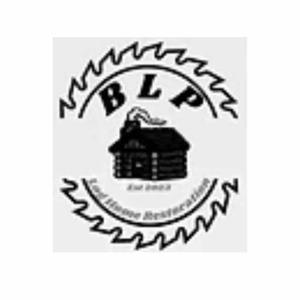
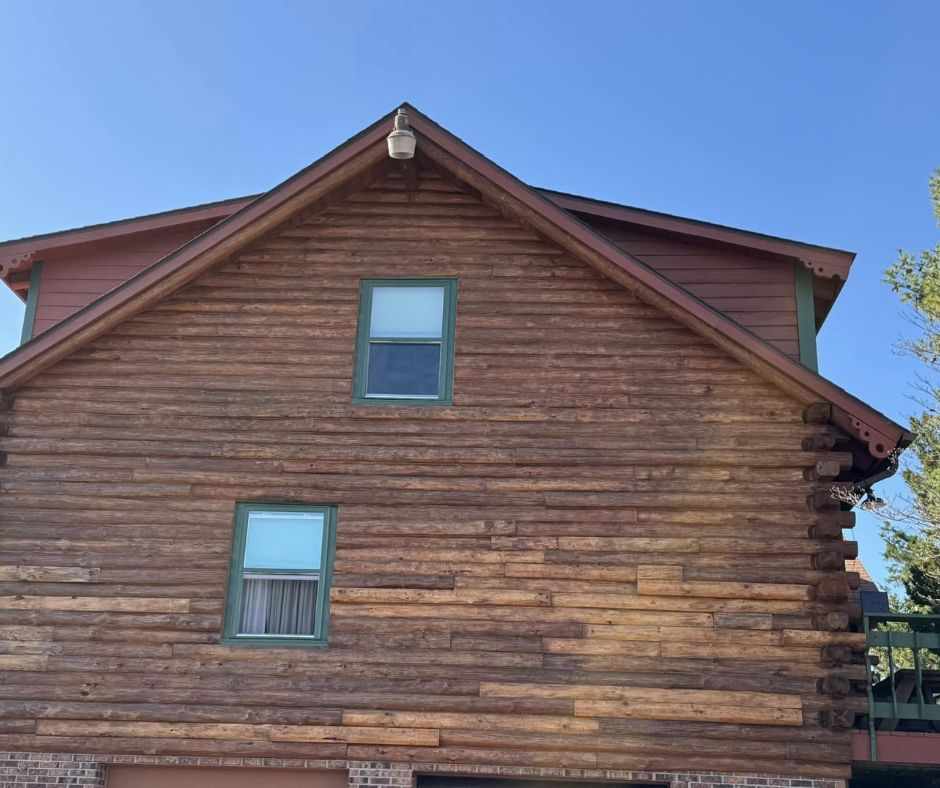
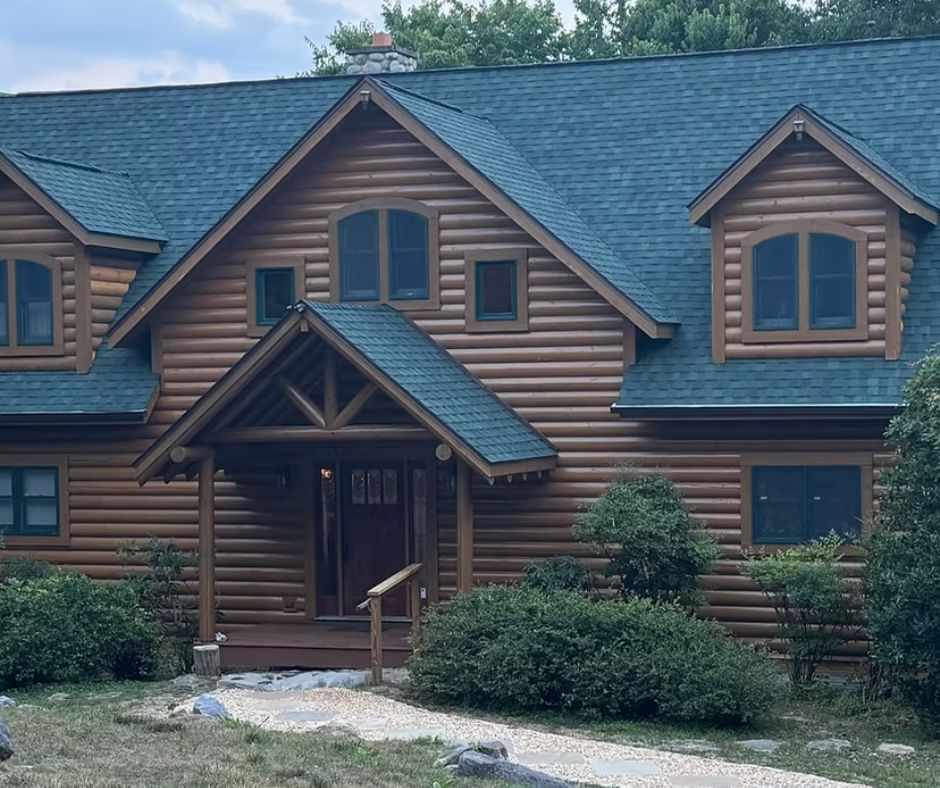

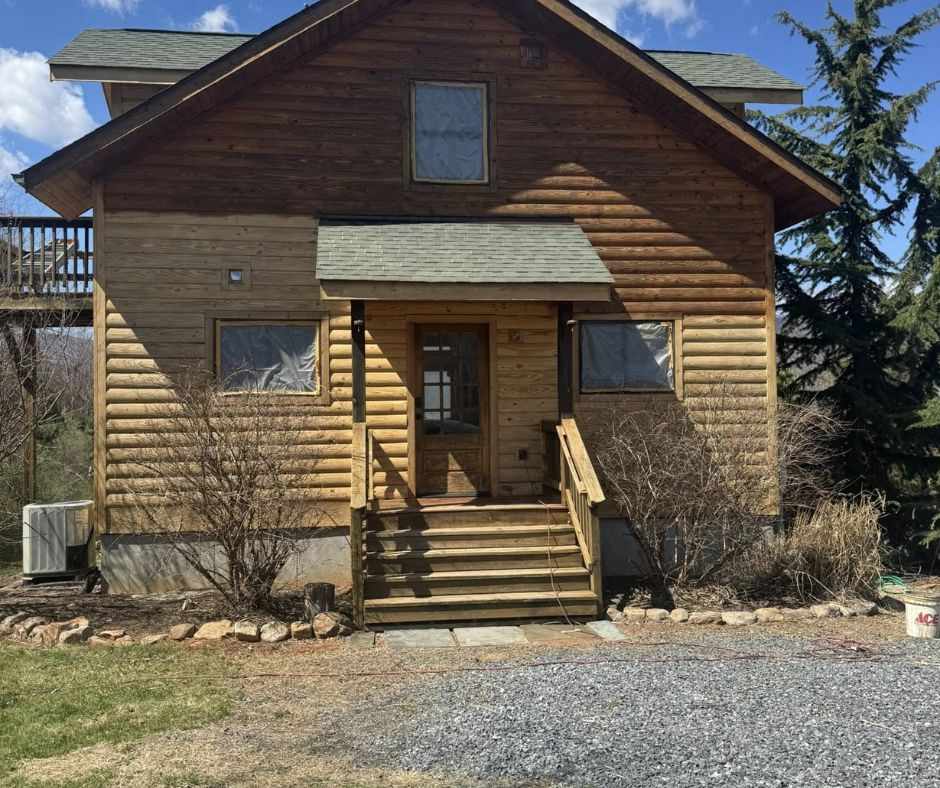
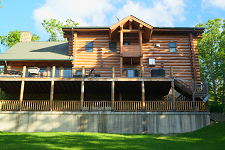
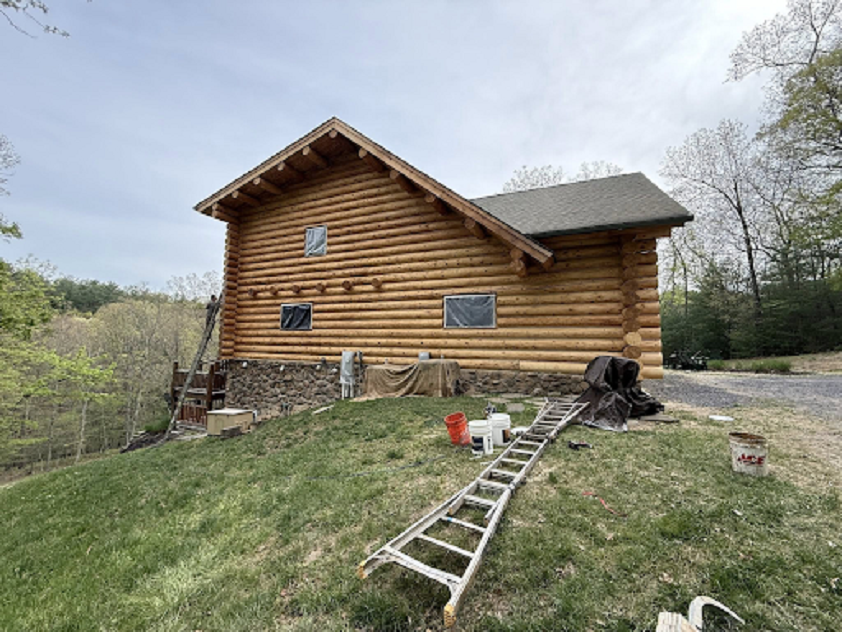
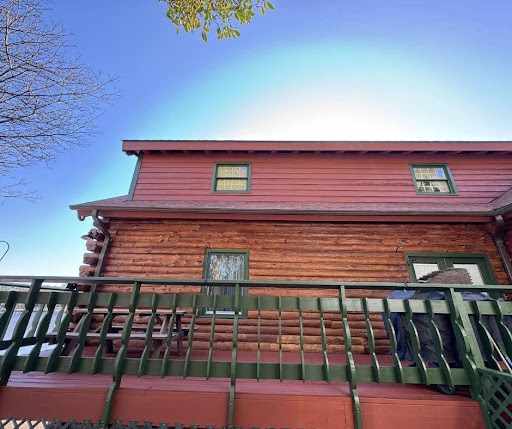

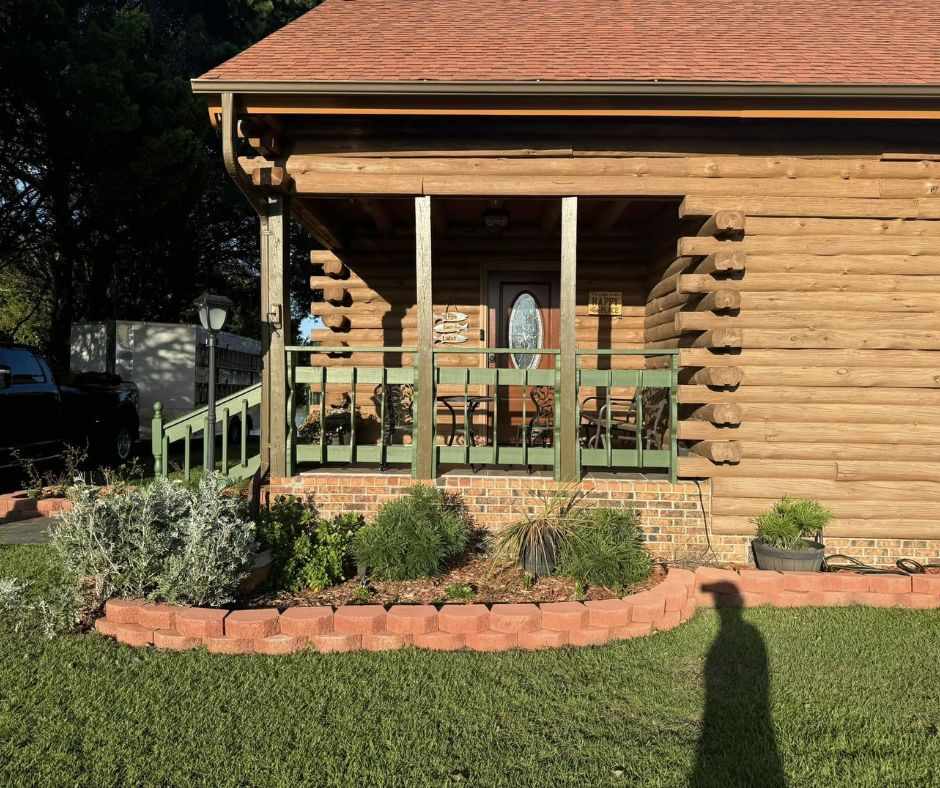
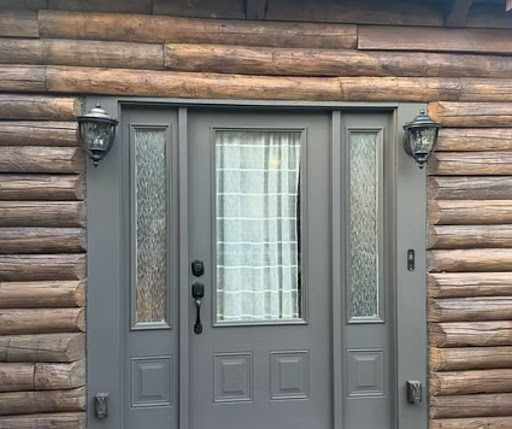


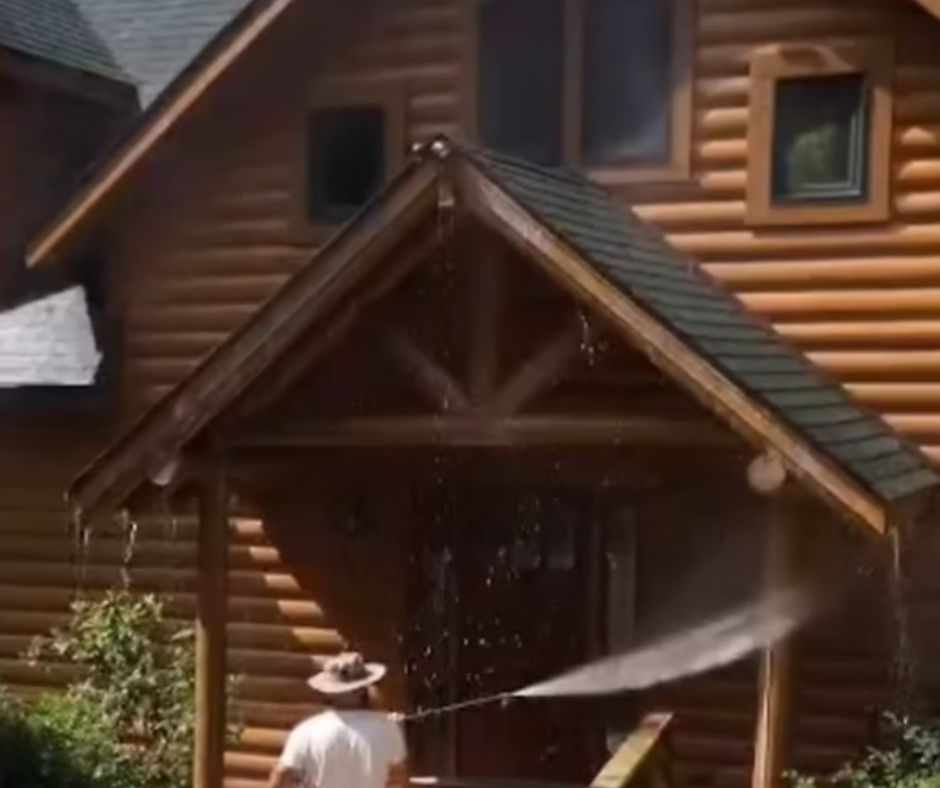
Write a comment ...